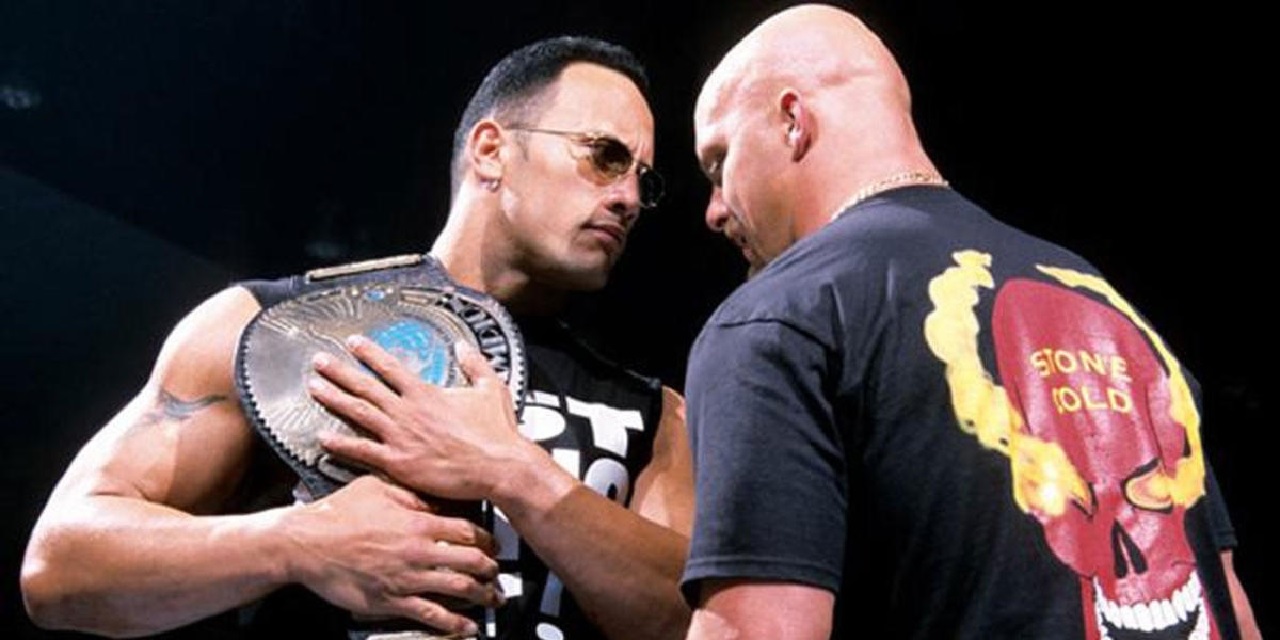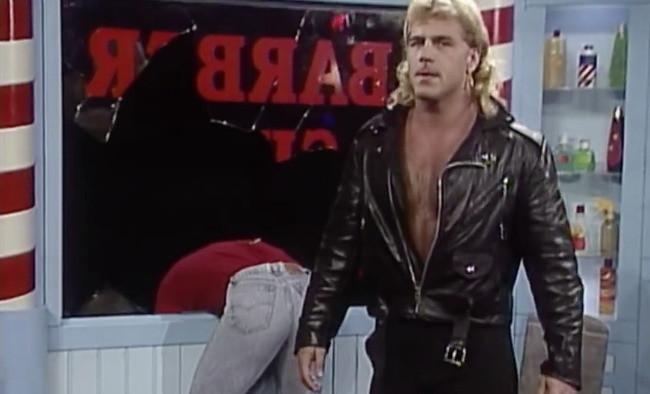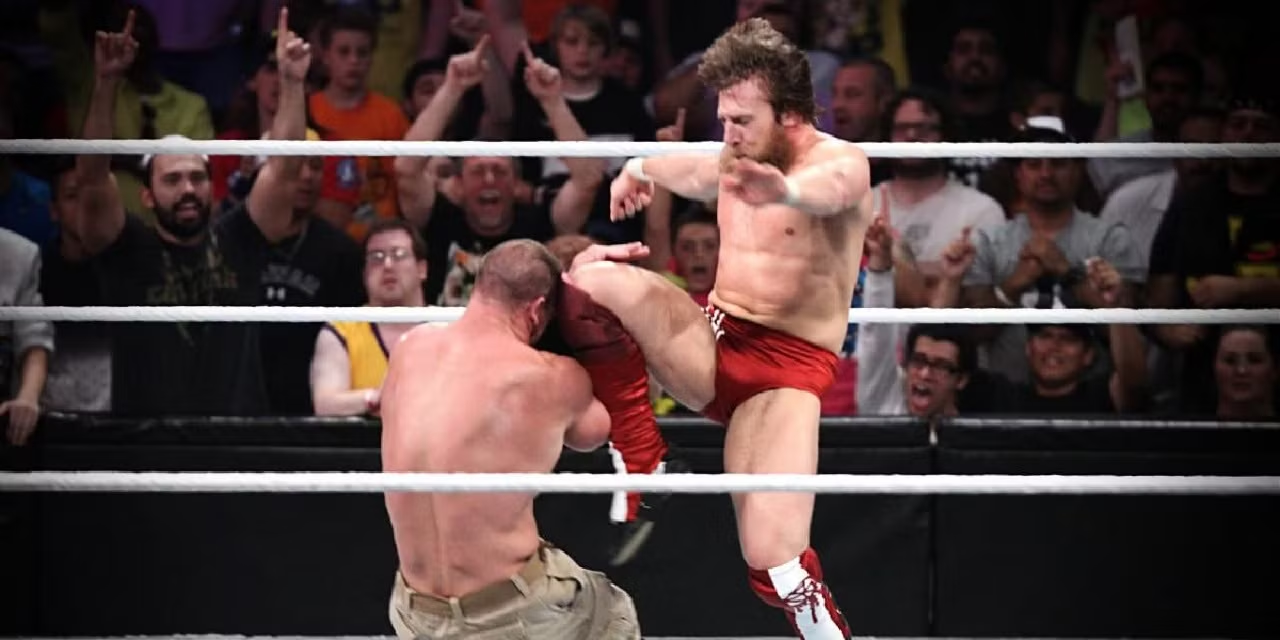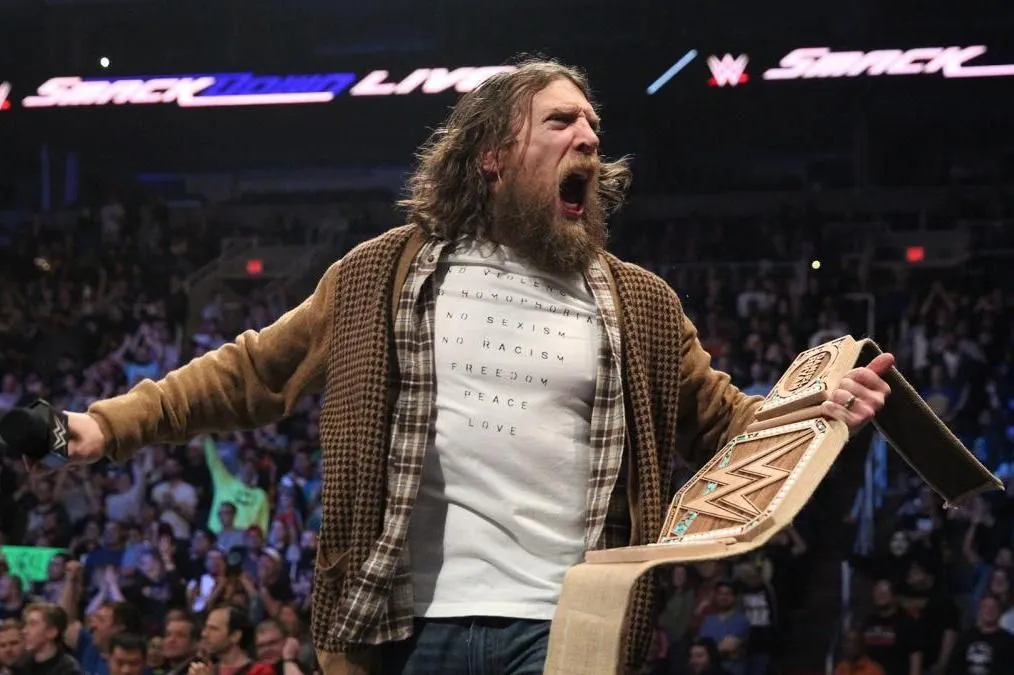Wrestling has always been a sport of storytelling, and few moments are as impactful as a well-executed heel turn. These moments, where a beloved hero betrays the fans, often lead to explosive changes in a wrestler’s career trajectory. When done right, a heel turn can rejuvenate a wrestler’s career, offering new storylines, rivalries, and opportunities that could transform a previously stagnant persona into a fresh, compelling character.
Over the years, we’ve seen some of the most iconic wrestlers make the transition from fan favorites to despised villains, and in many cases, this shift has led to incredible resurgences. From surprise betrayals to changing attitudes, here are some of the most surprising heel turns that breathed new life into the careers of some of the biggest superstars in professional wrestling.
1. Stone Cold Steve Austin’s Betrayal of The Rock (2001)

Stone Cold Steve Austin was at the peak of his popularity in 2001, having already won multiple WWE Championships and earned a reputation as the top babyface of the Attitude Era. However, in a stunning move during WrestleMania X-Seven, Austin turned his back on the fans when he aligned himself with Vince McMahon, one of his greatest rivals. This heel turn amazed the entire wrestling community, as Austin was known for being the anti-establishment hero that fans rallied behind.
Austin’s sudden betrayal of The Rock, after months of intense rivalry, was a game-changer. The audience had been conditioned to cheer for Austin, but his decision to turn on The Rock and McMahon opened up a new chapter in his career. This shift gave birth to a new dynamic in his character, making Austin even more unpredictable and dangerous. It also brought him into new storylines with different wrestlers, making him relevant once more in the main event scene.
While the heel turn didn’t last long, it provided Austin with fresh material and a new edge. His brief time as a heel gave him the space to explore different aspects of his character and paved the way for some of his later rivalries. The impact of this moment was undeniable, helping Austin maintain his spot at the top of the company.
2. Hulk Hogan Joins the New World Order (1996)

Hulk Hogan’s transformation from the all-American hero to the villainous leader of the New World Order (NWO) in 1996 is arguably one of the most memorable heel turns in the history of wrestling. For years, Hogan was the face of WWE, known for his catchphrases, larger-than-life persona, and positive messages. Fans never imagined the day would come when Hogan would abandon his heroic role.
The shift occurred at WCW’s Bash at the Beach pay-per-view, where Hogan, who was expected to save his friends Randy Savage and Sting from a beatdown by the Outsiders (Kevin Nash and Scott Hall), amazed everyone by delivering a leg drop to Savage and joining the invading faction. This unexpected betrayal of the fans shook the wrestling world to its core. Hogan’s turn signified the start of the NWO storyline, which helped WCW reach new heights in terms of popularity and ratings.
This heel turn injected new life into Hogan’s career, which had become stale in WWE. By becoming the villainous leader of the NWO, Hogan reinvented himself as a more complex character. This turn not only revitalized his persona but also created a compelling reason for fans to tune in every week, forever changing the trajectory of both Hogan’s career and the business as a whole.
3. Shawn Michaels’ Betrayal of Marty Jannetty (1991)

Shawn Michaels’ heel turn on his tag team partner Marty Jannetty in 1991 was a pivotal moment in his career. The two had been part of the popular tag team “The Rockers,” but their friendship came to a dramatic end when Michaels superkicked Jannetty through the barber shop window, signaling the official split of the duo. This betrayal, especially in front of an audience who had cheered for The Rockers’ high-energy style, made Michaels one of the most hated men in wrestling at the time.
The heel turn marked the start of Michaels’ transformation into “The Heartbreak Kid,” a cocky, arrogant character that would dominate the WWF for the years to come. The move solidified his place as a top heel in the company, and as his character evolved, so did his in-ring abilities. Michaels’ new persona allowed him to shift into high-profile rivalries, such as his famous feud with Bret Hart, which would further his career.
This move was crucial for Michaels, as it not only changed his character but also positioned him as a top contender in the WWF’s singles division. It would take some time, but Michaels eventually became one of the greatest wrestlers in WWE history. Without that moment, it’s hard to imagine Michaels achieving the success he did in his singles career.
4. Daniel Bryan Turns Heel Against John Cena (2013)

Daniel Bryan’s career was on a steady rise in 2013. After years of being a fan favorite and beloved by the WWE Universe, Bryan was involved in a feud with John Cena that would define his journey. The culmination of this rivalry came at SummerSlam 2013, where Bryan captured the WWE Championship, defeating Cena in one of the most emotionally charged matches of the year. But immediately after his victory, Bryan was betrayed by none other than Triple H, who was supposed to be the referee for the match.
Triple H’s involvement in Bryan’s championship win led to a controversial heel turn, which was followed by another stunning betrayal when Bryan was attacked by Randy Orton, who cashed in his Money in the Bank contract and took the title from Bryan. However, the most unexpected turn came later when Bryan himself adopted a more aggressive and villainous demeanor, aligning himself with Triple H and eventually forming an unlikely partnership.
Daniel Bryan’s transition from beloved underdog to arrogant villain was a crucial turning point in his career. The “Yes!” movement that had made him a fan favorite quickly turned into a symbol of his arrogance as he embraced a more confident, albeit cocky, attitude. This heel turn allowed Bryan to explore different layers of his character and further solidified his place in the WWE main event scene. His transformation was a key moment in his rise to becoming one of the most respected and beloved wrestlers in WWE history.
Final Thoughts
A well-executed heel turn has the power to completely change the course of a wrestler’s career. Whether it’s Stone Cold Steve Austin betraying his fans to form an alliance with Vince McMahon, Hulk Hogan embracing his villainous side to lead the NWO, or Daniel Bryan flipping the script to reinvent himself, these moments show how a dramatic shift in character can breathe new life into a superstar’s career. For many wrestlers, these heel turns were the catalyst for success, helping them evolve into some of the biggest names in professional wrestling history.


